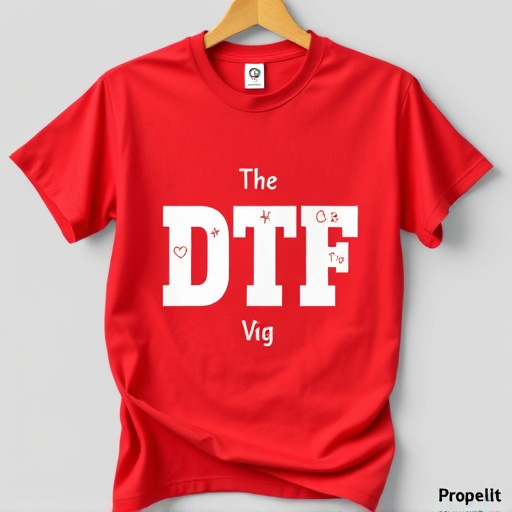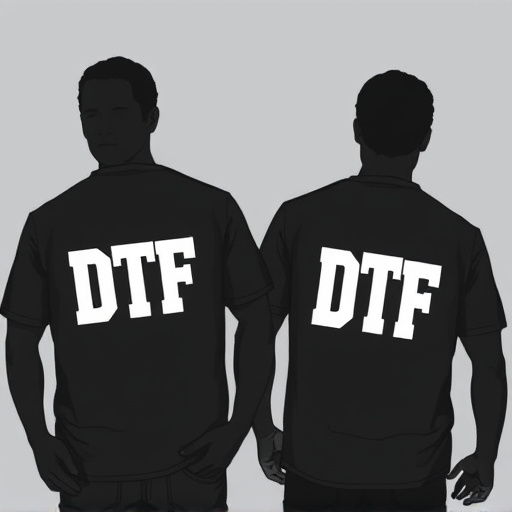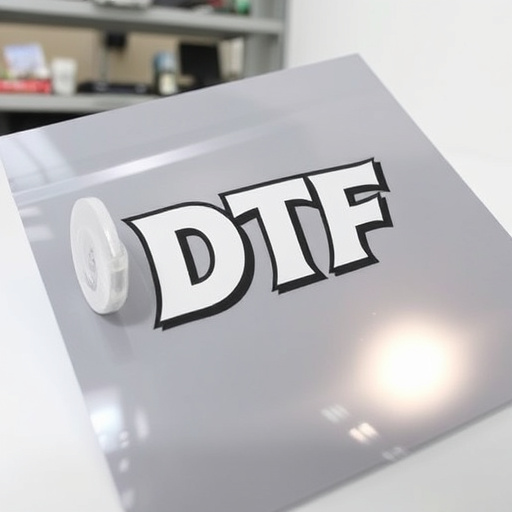DTF (Direct to Fabric) T-shirt Printing offers high-quality, long-lasting prints on various fabrics. Essential tools include transfer papers, heat press machine, and inkjet printer. Optimize artwork with vector graphics or high-res raster images for best results. Prepare workspace, pre-heat shirts, apply designs carefully using precision tools for crisp, durable prints.
Unleash your creativity with DTF (Direct to Fabric) T-shirt printing, a game-changer in the world of custom apparel. This article guides you through the process of mastering transfers for stunning designs on T-shirts. From understanding the materials and equipment needed to preparing your design and perfecting the application technique, we cover it all. Elevate your DTF printing skills and create unique, high-quality T-shirts that stand out from the crowd.
- Understanding DTF Transfer Printing: Materials and Equipment
- Preparing Your Design for Transfer Application
- Mastering the Transfer Application Technique
Understanding DTF Transfer Printing: Materials and Equipment

DTF (Direct to Fabric) transfer printing is a versatile and popular method for applying designs to T-shirts and other textiles. This technique allows for high-quality, long-lasting prints on various materials, making it an excellent choice for both small-scale and commercial projects. To embark on DTF for t-shirts printing, you’ll require specific materials and equipment tailored for this process. The key materials include transfer papers, inks designed for light fabrics, and a heat press machine. For optimal results with dtf printing, consider using high-quality transfer papers that are compatible with your fabric type; these ensure precise color reproduction and adherence to the fabric surface.
The right equipment is equally vital. A reliable heat press machine plays a crucial role in applying the transfer effectively, as it controls temperature and pressure during the printing process. Additionally, you’ll need a suitable inkjet printer to produce or source your design, ensuring it’s optimized for dtf printing techniques. With the right materials and equipment, mastering dtf printing for light fabrics allows you to create vibrant, indelible designs that enhance any garment, catering to both personal expression and commercial branding needs.
Preparing Your Design for Transfer Application
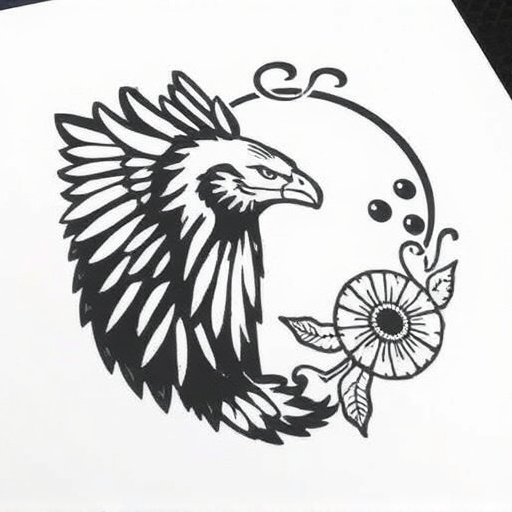
When preparing your design for DTF (Direct to Fabric) T-shirt printing, it’s crucial to ensure your artwork is optimized for this specific application. The process involves transferring ink directly onto the fabric surface, so the design needs to be tailored accordingly. Start by using vector graphics or high-resolution raster images as these formats lend themselves best to precise detailing and clean lines, which are essential for crisp DTF prints.
For optimal results, consider the type of fabric you’ll be printing on—light or dark. DTG printing for light fabrics requires a white or light-colored base, as darker shades can obscure the ink’s vibrancy. Conversely, DTG printing for dark fabrics calls for a reverse imaging technique where the design is printed in white or a light color to achieve the desired contrast. Regardless of fabric type, ensuring your design has sufficient resolution (300 DPI or higher) and a minimal bleed area will guarantee high-quality dtf prints.
Mastering the Transfer Application Technique
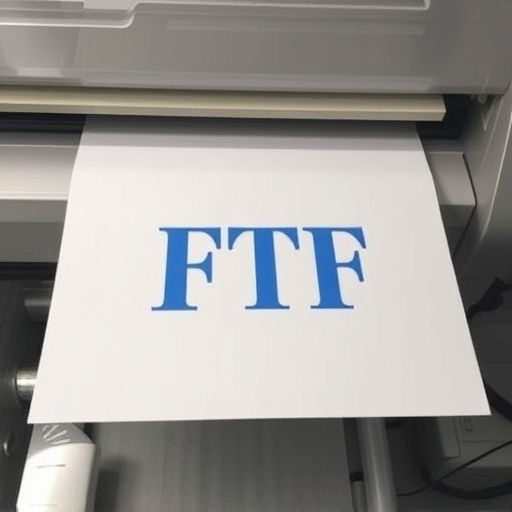
Mastering the art of applying transfers in DTF T-shirt printing is key to achieving high-quality, vibrant designs. The process involves careful preparation and a steady hand. Begin by ensuring your workspace is clean and well-lit, with all necessary tools readily available. This includes the DTF transfer film, a smooth application surface like a table or press, and a precision tool such as a squeegee or applicator.
Pre-heating the T-shirt according to manufacturer instructions is crucial before applying the dtf transfer. Once preheated, carefully peel back the backing of the transfer film, ensuring no bubbles or wrinkles form between the design and the shirt. With gentle pressure, position the design face-down onto the shirt, then use your tool to firmly press along the edges and across the entire surface of the transfer. This ensures a smooth, even adhesion, resulting in crisp dtf prints that will withstand wear and washings, making DTF for Apparel a preferred method for creating durable, visually stunning garments.
DTF (Direct to Fabric) T-shirt printing offers a versatile and efficient method of customizing apparel. By understanding the materials, equipment, design preparation, and application technique discussed in this article, you’re now equipped to master the art of applying transfers using DTF T-shirt printing methods. Whether for personal projects or commercial endeavors, these steps will help you achieve professional-looking results, allowing you to create unique and eye-catching designs on T-shirts with ease.






